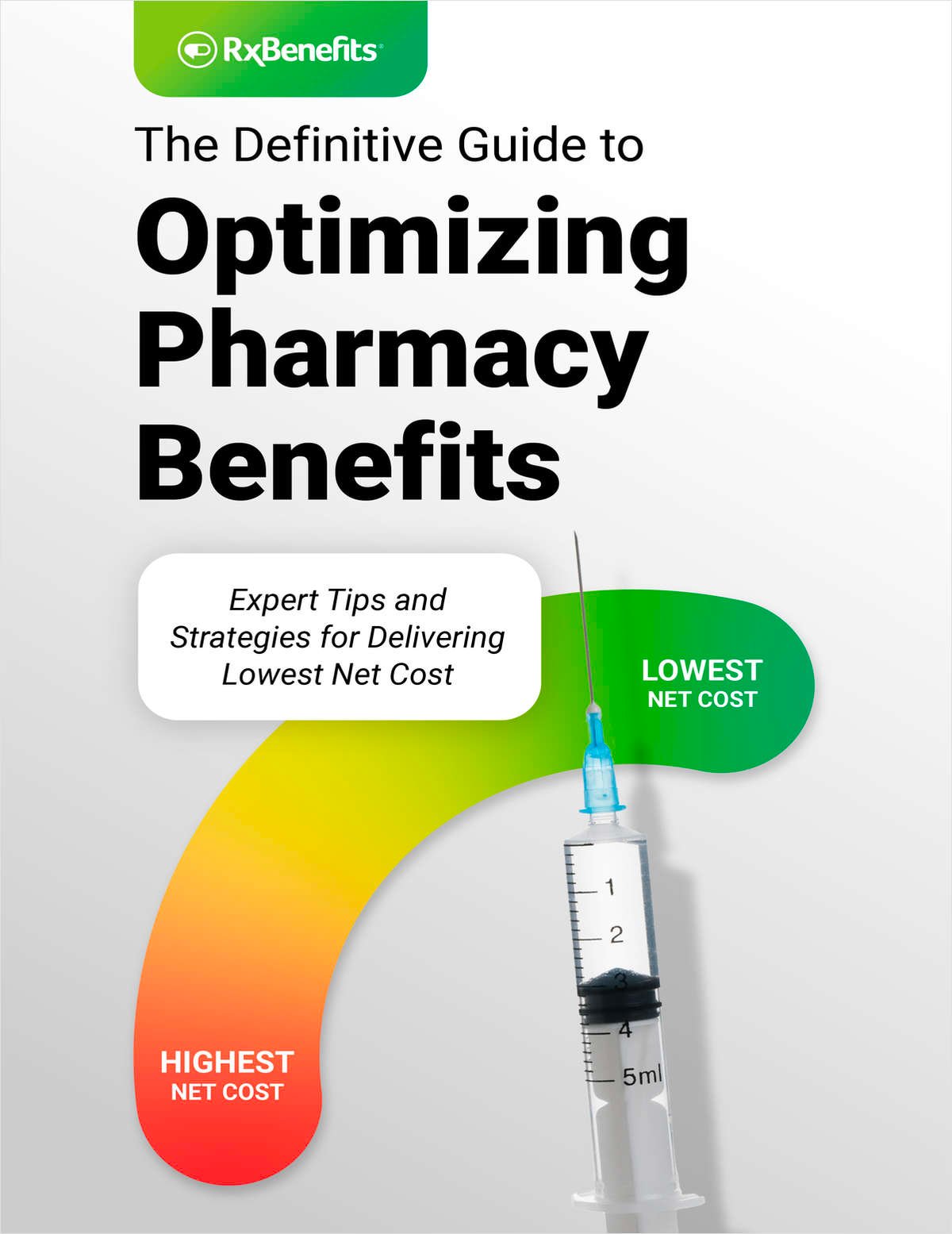The national focus on reducing health care spending while providing coverage to more Americans is working. A key contributor to that trend: the Patient Protection and Affordable Care Act.
The latest evidence comes from a Robert Wood Johnson funded analysis of federal health spending increases. The study indicates Americans will spend $2.5 trillion less on health care between 2014 and 2019 than was forecast in 2010.
The analysis considered data from the Centers for Medicare and Medicaid Services, which has been attempting to project health care spending trends to determine how well the efforts to reduce increases are working.
Continue Reading for Free
Register and gain access to:
- Breaking benefits news and analysis, on-site and via our newsletters and custom alerts
- Educational webcasts, white papers, and ebooks from industry thought leaders
- Critical converage of the property casualty insurance and financial advisory markets on our other ALM sites, PropertyCasualty360 and ThinkAdvisor
Already have an account? Sign In Now
© 2024 ALM Global, LLC, All Rights Reserved. Request academic re-use from www.copyright.com. All other uses, submit a request to [email protected]. For more information visit Asset & Logo Licensing.








